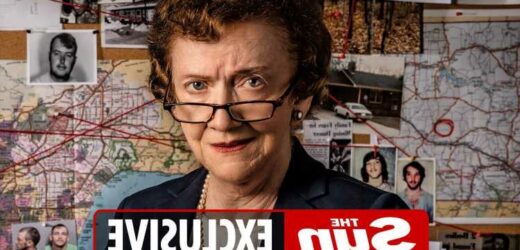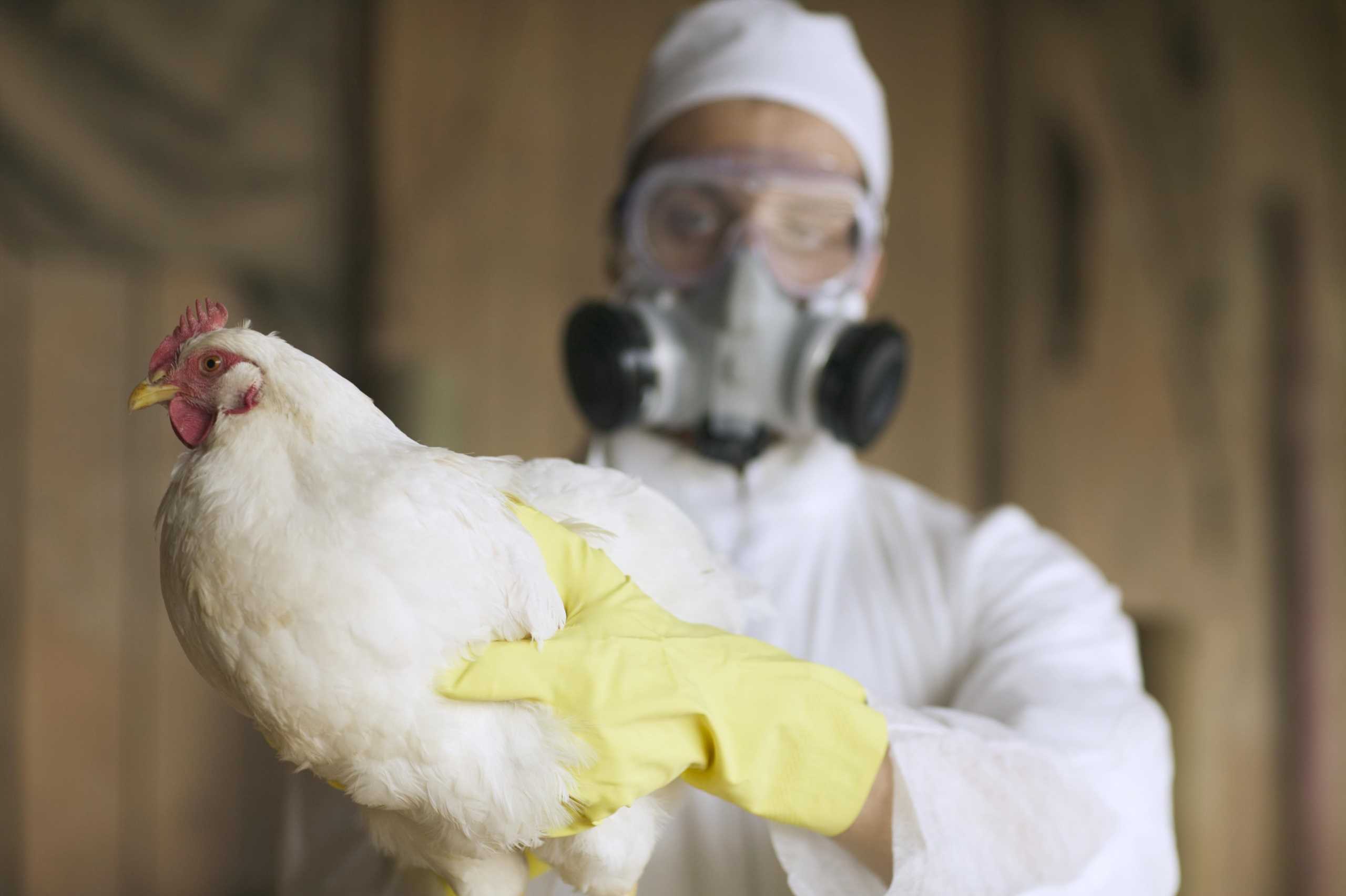A PROFESSOR has shared her chilling encounters with some of the most notorious serial killers in the history of the US.
Dr Ann Wolbert Burgess went toe-to-toe with the vicious murderers – and told The Sun Online that strangely some of them could be "very likeable".
Being on the cutting edge of behavioural science in the 1970s, Dr Burgess inspired the character of Dr Wendy Carr in David Fincher's hit Netflix show Mindhunter.
She is a pioneering forensic nurse whose groundbreaking work set the basis for the criminal profiling techniques that are used now.
And she spoke to The Sun Online as her new book A Killer By Design has been released, lifting the lid on her work with the Behavioural Science Unit (BSU).
She was involved in profiling killers such as the "Co-Ed Killer" Ed Kemper – a 6ft 9inch slaughterer and necrophile who butchered 10 victims including his own mum.
And she also assisted in getting inside the mind of "Bind, Torture, Kill" Dennis Rader, a sexual sadist who also killed ten, and "The Boy Scout Killer" John Joubert who murdered three boys.
Dr Burgess told The Sun Online that despite their heinous crimes some of the offenders she encountered were actually “very likeable.”
She said: "Many of them would be psychopathic and they'd be able to manipulate the person that they’re talking to.
Most read in The Sun
LET IT B Here's everything you can and can't do from tomorrow under Plan B Covid rules
This Morning's Alison Hammond and Dermot O'Leary replaced from Friday's show
PMtriggers Plan B with WFH, jab passports & face mask rules within DAYS
Katie Price has hair extensions and nails removed as she faces Christmas in jail
“The key was not getting manipulated but still being able to see them as persons that have important information, certainly from a research standpoint.
“But some of the serial killers were actually likeable-If you didn't know what they had done.
"The likeable part of them is what comes through in the interview."
In her book, she writes: “You never get comfortable with the idea of serial killers.
"You never feel complacent. Or at least I didn’t. But it is possible to get desensitized.”
Back in the seventies a wave of violence and an alarmingly rising number of murders and sexual assaults was the reason FBI reached out to Dr Burgess.
She would later go on to form part of the Bureau’s top-secret team alongside agents John Douglas and Robert Ressler – portrayedin the show are portrayed as the characters Holden Ford and Bill Tench.
The BSU went on to identify, interview and analyse hundreds of serial killers in a bid to establish their motives and look into the patterns formed.
One of the serial killers interviewed by the BSU was Edmund Kemper, who Dr Burgess branded “friendly, open, and sensitive.”
The so-called Co-ed killer was a highly intelligent individual who murdered ten people including three members of his family.
I could see why people would say ‘Gee I never suspected that person'
Kemper shot dead his grandparents with a hunting rifle at the age of 15, on August 27, 1964.
“I just wondered how it would feel to shoot Grandma,” he said afterwards.
Kemper was diagnosed as a paranoid schizophrenic and got sent to Atascadero State Hospital for the mentally ill where he ended up working and administering psychiatric tests to other inmates.
After release, he abducted and killed eight women, including his mum and his mum’s best friend between May 1972 and April 1973.
He would either strangle them or smother them before having sex with their corpses and dismembering them.
Dr Burgess said: “I remember Bob Ressler saying he really liked Ed Kemper because he talked, he was very personable, he didn't seem to hold back on anything-except some of the details about the crimes.
"So from that standpoint I could see why people would say ‘Gee I never suspected that person.’"
Another offender Dennis Lynn Rader, the BTK Killer murdered ten people, including two children, in a 17-year period.
“BTK” is a nickname he gave himself that means “Bind, Torture, Kill”.


During a 2005 interview, Rader claimed there was a “demon” inside him who was responsible for his crimes.
Dr Burgess notes that during his 32-hour confession “he never once showed signs of remorse” even as he was detailing how he stalked, tortured, and killed his victims including a nine-year-old boy and an eleven-year-old girl.
She said: "Rader escaped apprehension for years- in fact, there was a ten-year break.
"The second time when he started committing again, interestingly enough he didn’t like how he was being portrayed in the media.
"That's how he was eventually got caught- he was not very computer literate and he sent a disc thinking they wouldn't be able to trace it but of course they did."
Montie Rissel raped and murdered five women in Alexandria, Virginia between 1976 and 1977.
He committed his first murder after the prostitute he was raping tried to make it "enjoyable."
Dr Burgess described the killer as a “paradox” as he earned good grades at school, liked sports, and was liked in his social circle.
She said: "Montie was quite different- he did not kill one of his victims.


"She had talked about her father having cancer, Montie’s brother had been diagnosed with cancer so he identify with her and let her go.
“Sometimes what the victim says or does can be a factor on whether the offender lets them live. "
She recalls how she was left in shock when she spotted a towel in the room just moments before the interview withHenry Louis Wallace- the Towel killer.
"When we went to interview him we walked into this room like a small kitchenette and the first thing I see on the table is a towel.
"And I go oh I don’t want that as a reminder so I made sure we chucked the towel away.
"You are always watching for that you don't want any reminders that could trigger a reaction.
Wallace also known as The Taco Bell Strangler raped and killed ten women in Charlotte, North Carolina between 1990 and 1994.
Dr Burgess who described him as “polite and smiling” said that suddenly the killer exclaimed: “I hope you learn something about me. Because I don’t know why I did what I did.”
“His very presence suddenly made the room feel claustrophobic,” she added.

Dr. Burgess says that through these interviews she was surprised by how much information on the offender's background could help with solving the case.
"One of the things I was surprised by was how early these fantasies developed in young children and were carried through because we were able to track back and with good evidence of several of these killers.
"I think several things we learned from their families especially their mothers-mothers are always very important because they know their children better than any other person and they were able to tell us incidents that happened in their childhood.
"In the Joubert case the mother told me there had been a lot of domestic violence between her and her husband that she knew her son had witnessed but when we talked to him he didn't have any memory of them.
"He had dropped from memory that incident which we knew could be very important in this interest of sexually abusing and killing."
John Joubert killed three boys in Maine and Nebraska in 1983.
At the age of 13 he stabbed a young girl with a pencil and the next day he took a razor blade and slashed a girl as he biked past her.
Dr Burgess appreciates that criminal profiling has changed dramatically since the time she started working with the BSU.
Co-author Steven Constantine explains that during the 80s criminal profiling was considered a “pseudoscience” and appreciates seeing the “transition from 6-7 profilers working six floors underneath the building in Quantico to now with every major city having their own expert.”
She concludes that she wanted to share the history of profiling and how agents worked together and learned from each other through these interviews.
Dr. Ann Burgess is currently a professor at the Boston College Connell School of Nursing where she teaches graduate courses in forensic nursing.
A Killer by Design: Murderers, Mindhunters and My Quest to Decipher the Criminal Mind by Ann Wolbert Burgess and Steven Constantine is published in hardback at £16.99 RRP (Welbeck). Available to buy at WHSmith.co.uk, Amazon.co.uk, Waterstones.com and Bookshop.org.
Source: Read Full Article









